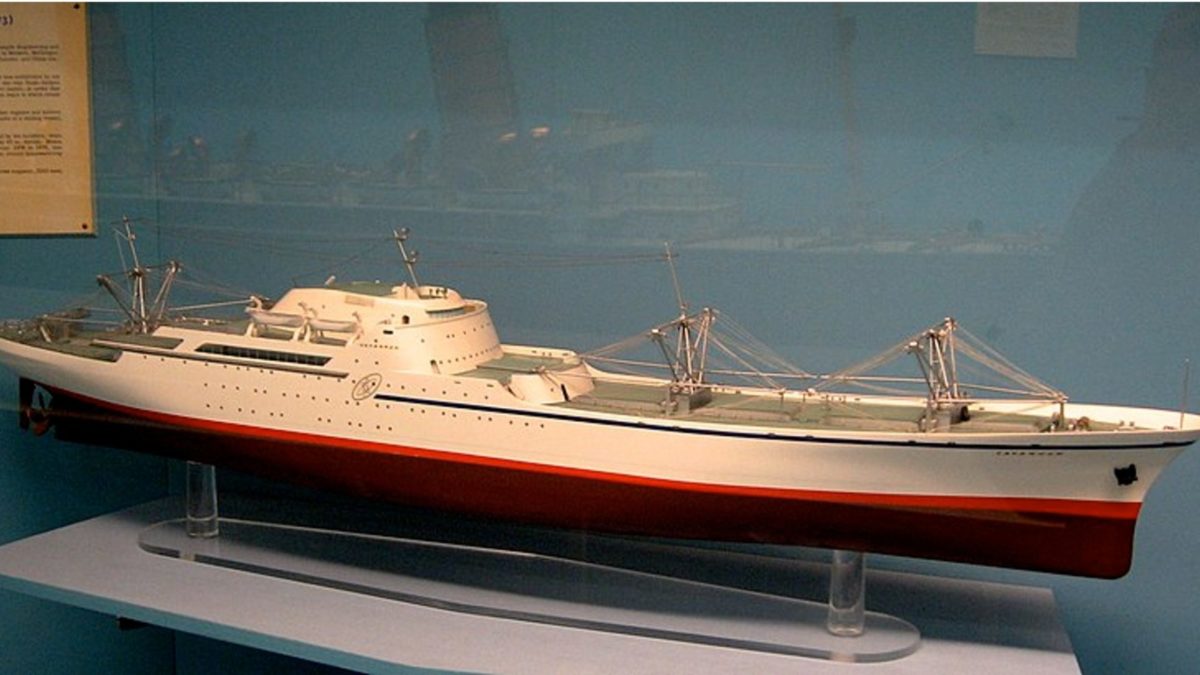Background
The future need for carbon-neutral fuels will be enormous if the IMO’s goal of net-zero emissions from shipping by 2050 is to be achieved.
Huge amounts of renewable energy will be required to produce carbon-neutral fuels for ships.
The numbers are incredibly large. A very simplified picture describes the energy demand of the global fleet as being on the order of the total energy demand of the entire Europe.
Leave no stone unturned
With this background, no options can be excluded. All possibilities for carbon-neutral propulsion of ships in the next decades must be considered.
This also applies to nuclear power in the form of small modular reactors (SMRs) for emission-free propulsion.
In the fall of 2023, DNV Maritime presented the Forecast to 2050. One of the conclusions in the comprehensive report is that:
“Nuclear propulsion” has been identified as a potentially important solution in the medium and long term.
Nuclear power is not a short-term solution, but a possibility in the slightly longer term. There is a lot of work to be done.
Nuclear power on ships is not something new. More than 160 vessels, mostly military vessels and icebreakers, currently have nuclear reactors on board, and 700 reactors have been used at sea since. The very first vessel was launched in 1955, the American submarine Nautilus.
Resistance to nuclear power is also not something new. Nuclear power has struggled with public acceptance.
In addition to the partners listed on the right, NTNU, Norsk Kjernekraft, and Norwegian Hull Club are also involved in the pilot.
Goals of the pilot
This pilot will focus on;
- New, advanced nuclear power technology
- Safety aspects
- Impact on ship design
- Cost aspects
- Scaling potential
In the pilot, opportunities for future implementation will also be assessed. A rough timeline for potential implementation will be developed.
It is also a goal of the pilot study to conduct a thorough technological, economic, and safety study of advanced nuclear energy technology as a first step towards realization.
A specific ship will be chosen to make the mentioned goals as realistic as possible.
Final goal of the pilot
Provide answers to whether new, advanced nuclear power technology can be used for emission-free propulsion of large ocean-going vessels. This includes considerations of technology, safety, and economics.
The pilot will also provide answers to the following questions:
- When could this potentially happen?
- What are the main obstacles that need to be overcome along the way?
Status
Nuclear power has been identified as a potential and important long-term solution. Technological development, primarily for small modular reactors, provides a basis for future opportunities. Greenhouse gas emissions can be reduced while competition for green fuels (such as ammonia, hydrogen, methanol, etc.) decreases.
It will likely take at least 10-15 years before we can see this on board new merchant ships. Regulations and approvals will take time.
Five work packages have been defined and will be investigated:
- Public perception and skepticism towards nuclear power
- Technological possibilities for nuclear power on ships
- Safety and risk considerations
- Classification and regulatory requirements
- Financial opportunities
April 2024
Until now, individual meetings have been held in the different work packages, as well as one joint meeting with a large turnout. The pilot has also received a lot of external attention and many active participants, including shipping companies.
The goal of the pilot study is to complete the project in early 2025.
October 2024
The pilot has a record number of active partners. Work on four of the five defined work packages is ongoing.
- The University of South-Eastern Norway has initiated a project with an accompanying survey to gather public opinion.
- The work to evaluate various technological possibilities for nuclear power on ships has made good progress.
- Generation 4 SMR reactor has been identified as an alternative.
- “Altera Wave” has been chosen as the reference ship.
- Work to assess possible health consequences for different types of energy sources is ongoing.
- Documenting global barriers to operational operations and barriers to port calls, also globally, is ongoing.
- Expected start by the end of October.

